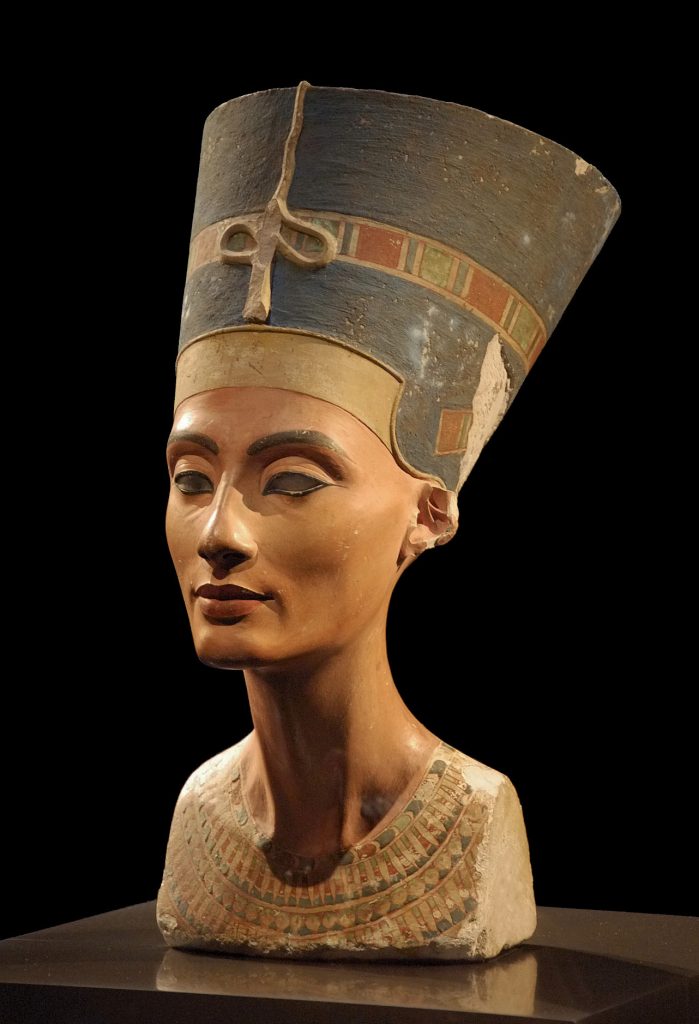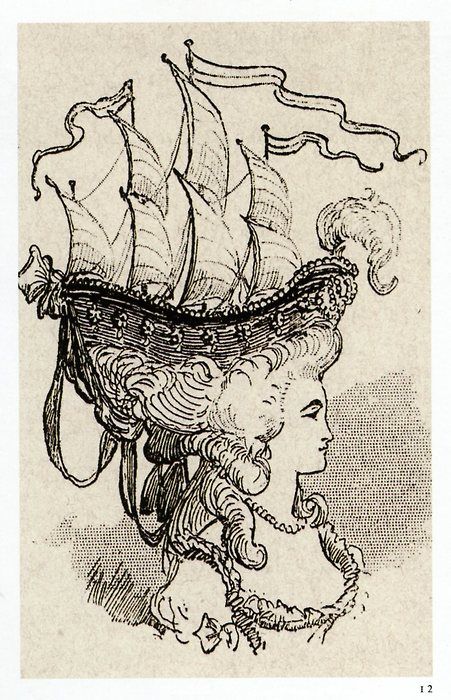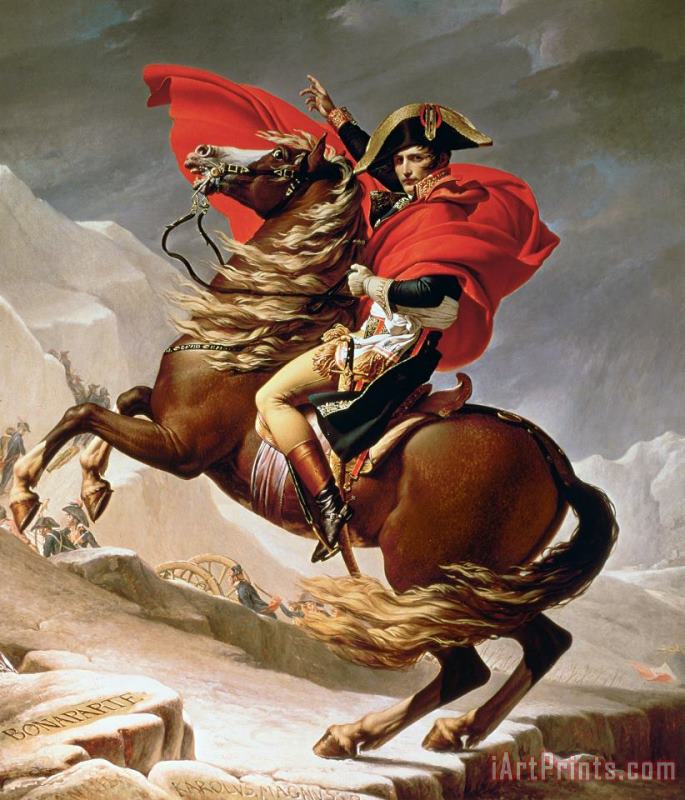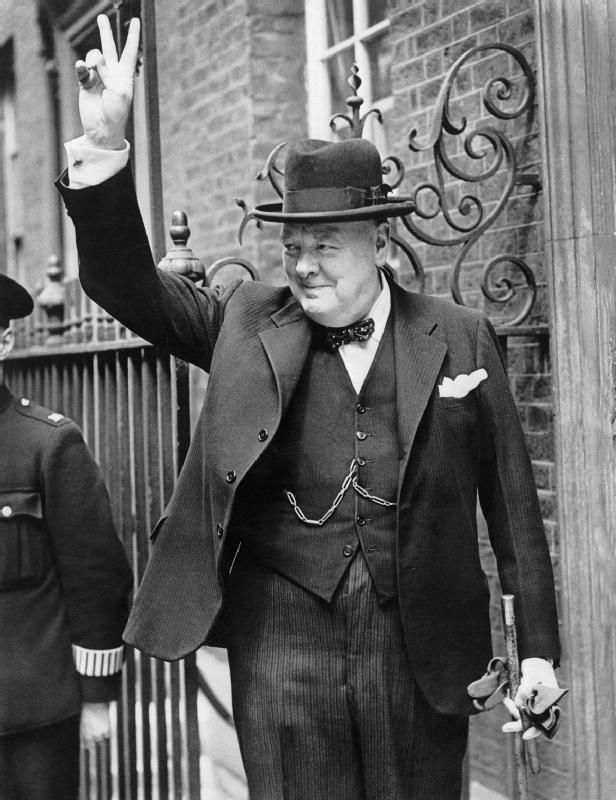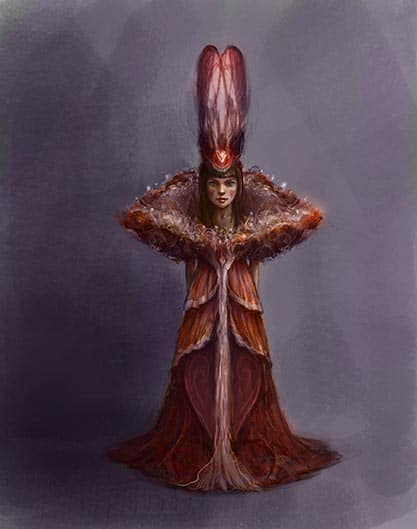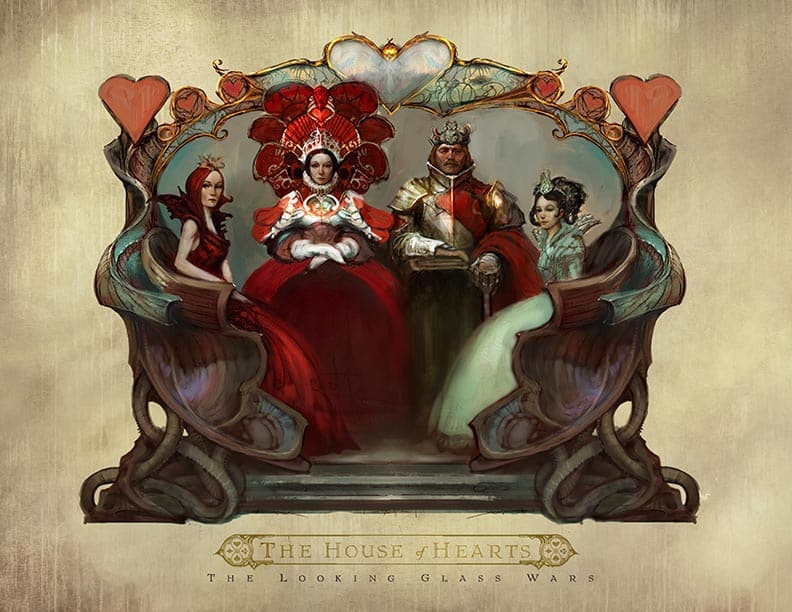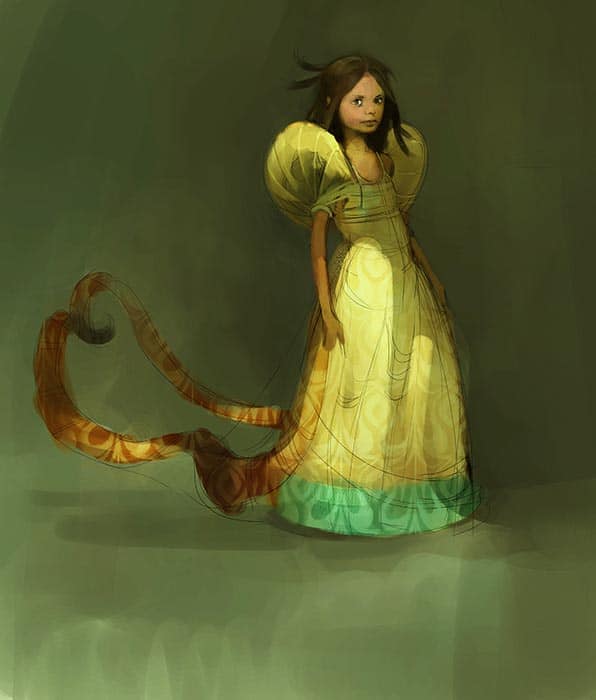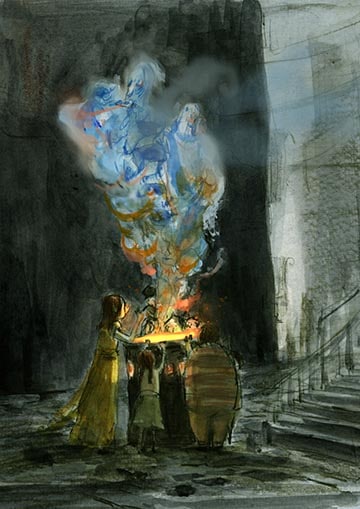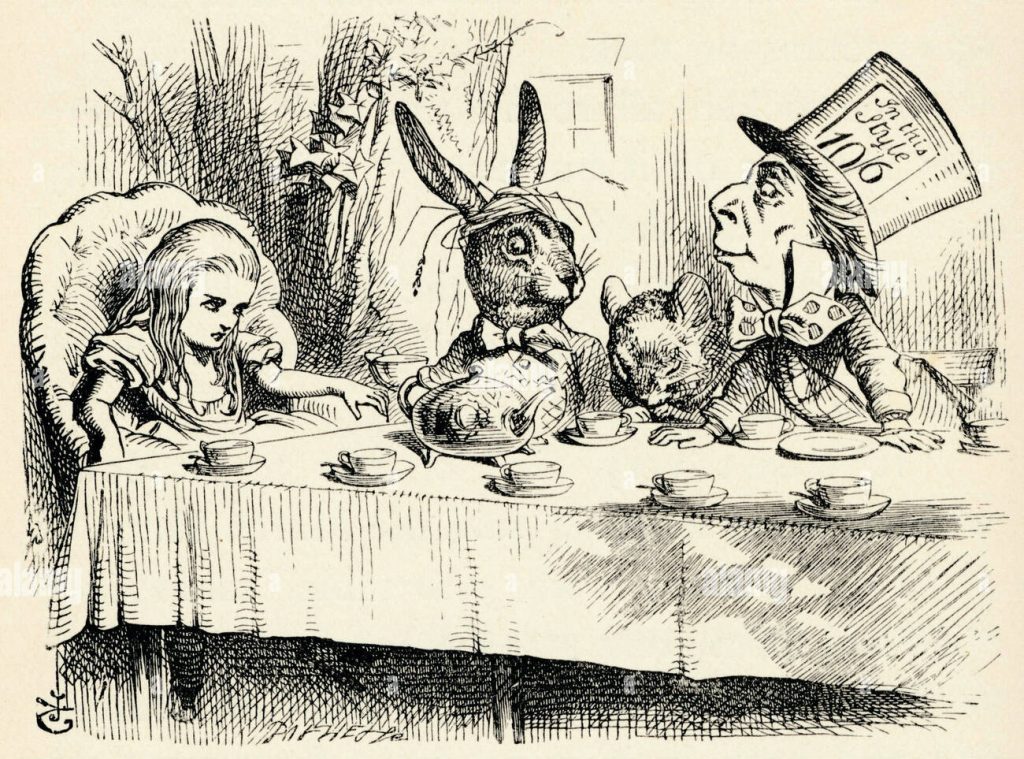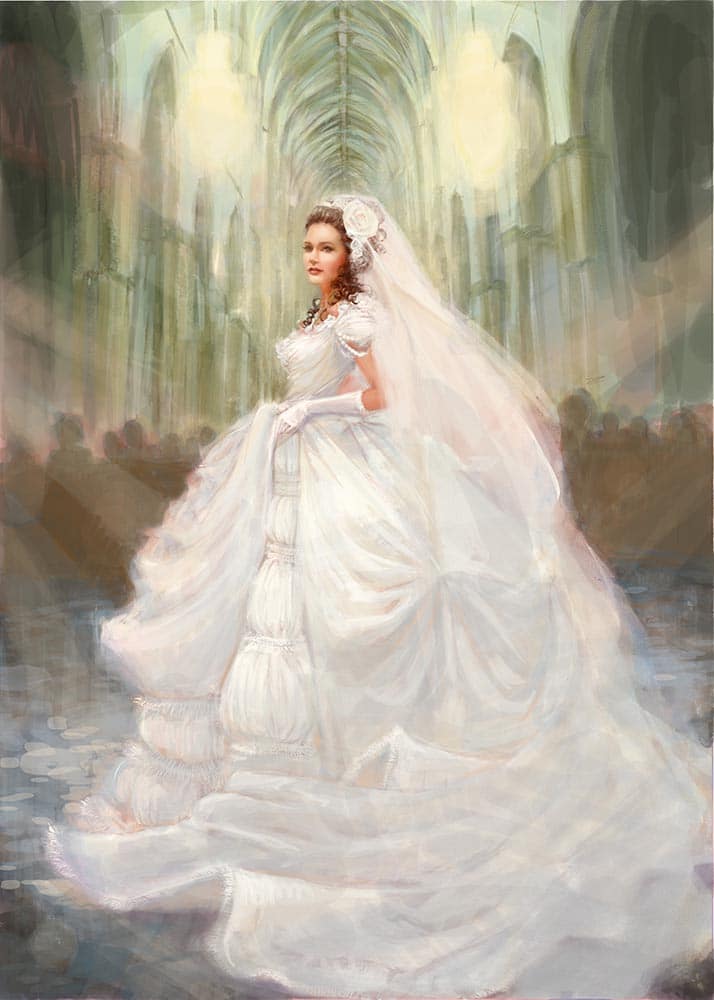Secrets of Wonderland Revealed: The Epic Battle That Made Queen Redd a Monster!
Before the revelations of The Looking Glass Wars, there was a much more personal war fought in Wonderland between two sisters. The elder, Rose Heart was born to be the next Queen of Wonderland, endowed with brilliance, confidence and power, she was a natural for the throne. But Rose was the wild one, the rebellious sister, whispered to be the Heart Dynasty’s ‘Dark Seed’.
By age 19 her wanton youthful exploits had alarmed and outraged a good deal of the population and made her vulnerable to the plottings of those who wished to wrest the throne away from the Hearts. A plot was put into motion to remove the mercurial Rose from succession and instead, make her younger sister, 17-year-old Genevieve, Wonderland’s next Queen.
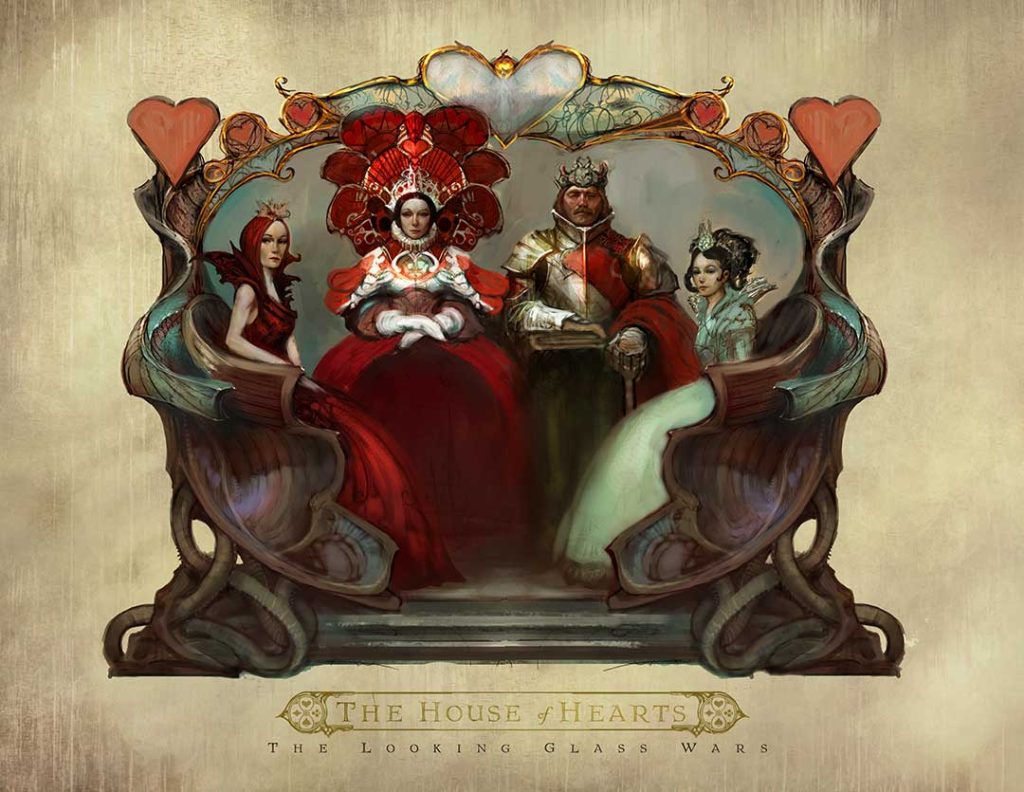
Did those involved with the plot realize the far-reaching effects that their Machiavellian maneuvers would create for future worlds? Doubtful. They were concerned only with their immediate interests for they were the Lady of Clubs, Lady of Spades, and the Lady of Diamonds, each born to be a Queen, but subservient to the rule of the Hearts.
Their hope was to divide the sisters, create chaos, remove the Hearts from power, and crown Lady Diamond - Wonderland’s next Queen. Ultimately their plan would fail, for both Rose and Genevieve would prove to be far stronger than they had anticipated, but what they did accomplish was to create a royal blood feud that would tear Wonderland apart for generations to come.
Princesses Rose and Genevieve were the William and Harry of Wonderland as they grew up the heir and second to the throne. With Rose leading the way, she and Genevieve lived the posh, aristocratic lives of royal youth. Endowed with queen-sized imaginations, startling beauty, and unbridled vivacity, they were the darlings of Wonderland’s powerbrokers as well as big hits with the adoring masses. Known for practical jokes and adorable rebellions the two were an unstoppable team until Rose began to show her darker side.
As the princesses matured the subject of their eventual marriages was never far from anyone’s thoughts. Prospective matches would be made from the eligible young royals known collectively as The Jacks. Strutting and buff, this pool of peacock males constantly competed for the attention of both Rose and Genevieve, though the more ambitious quite obviously aimed to wed the future Queen. But since childhood, both Rose and Genevieve favored one Jack above the rest, preferring his company to all the others.
The handsome, laughing, athletic Jack Nolan was widely envied for his intimate friendship with the princesses. A tight threesome, the young royals shared adventures, loyalty, and a delicately balanced romantic longing. Even though Genevieve, like everyone else, assumed that Nolan and Rose would marry, she could not help nor hide her own feelings for Nolan. Rose would often tease her about the obvious crush, but it never hurt the relationship among the ‘Royal Triangle,’ for each knew that Rose was secure. Nolan was hers if and when she wanted to marry him, for Queens choose first.
While Genevieve’s natural exuberance was as clear as a crystal bell, Rose exhibits a disturbing selfishness. As Rose’s dark streak widened, her popularity with both the royal court and the citizens began to nosedive. Both Genevieve and Nolan plead with Rose to stop alienating others, to obey her parents Queen Theodora and King Tyman, to be careful. But Rose blew them off to run with a wild crowd of hedonists using artificial crystals and imagination stimulants.
Rose spent most of her time partying in the Valley of Mushrooms with her bad-boy lover, Prince Arch (the future King of Boarderland), and their tribe of anarchists.
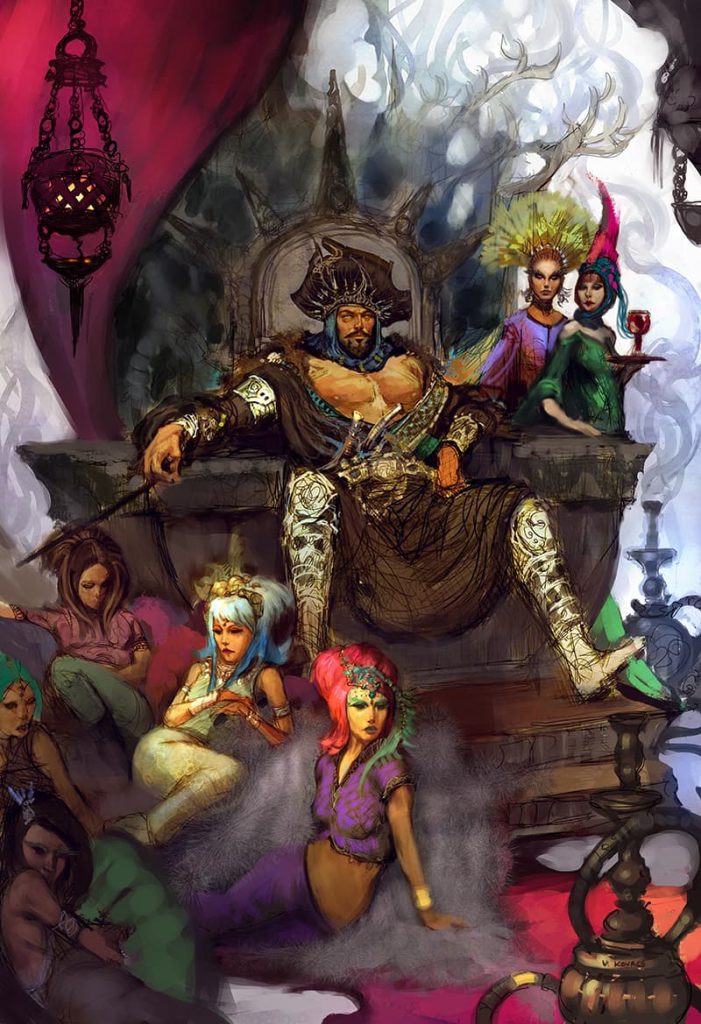
Queen Theodora stood outside Heart Palace listening to the drums while Genevieve attempted to cover for her older sister and defuse the Queen’s growing temper. Assisting Genevieve was Royal Tutor Bibwit Harte, a 6-foot-tall albino wearing immaculate white gloves and a brilliantly patterned floor-length coat. Pale green veins pulsed beneath his alabaster skin. Both argued Rose’s case, defending her music and youthful experimentation as pure Imagination. Queen Theodora was not convinced.
Drum circles and dancing, sex, and music, it was this nonstop bacchanalia that eventually brought Queen Theodora to the valley to deliver an ultimatum. Orchestrated by the Three Ladies of Wonderland, the showdown pitted Rose’s rebellion against Queen Theodora’s authority. As emotions escalated, Queen Theodora threatened Rose with the loss of the throne if she did not immediately submit to the rules of the court. When Rose laughed at the threat, her mother was forced to follow through.
Redd Was Unfit To Rule
In a flash of queenly power, Theodora removed her eldest daughter from succession and placed the younger sister, Genevieve, as next in line. It was a shocking, brutal act, but entirely legal according to Wonderland bylaws. Rose was out and Genevieve was in. The Three Ladies of Wonderland smiled smugly. Their plan was going well.
Rose’s reaction to her banishment was to dye her hair blood red and drop the name ‘Rose,’ from that moment on she was to be addressed only as Redd—a symbol of all the blood she would spill. She was enraged, alienated, and deeply, everlastingly wounded.
Redd revealed the depth of her pain at being rejected by her mother when she shouted/sang “Where Do Monsters Come From”? In the song, Redd asked, “You made me, so why can’t you love me?” It would be the last time that Redd revealed her pain and vulnerability. If they called her a monster then she would be a monster.
It seemed everything had been taken from Redd and given to Genevieve. But not yet. The worst was still to come. Unknown to Queen Theodora, Redd was pregnant by one of her lovers at the time she was removed from the line of succession. She was growing dramatically weaker with each day of the pregnancy. Pale, alone, and frightened, Redd visited the Caterpillars, Wonderland’s high holy seers, to ask for help.
The Caterpillars inhabited the Valley of Mushrooms. Redd found the giant creatures seated beneath a rusted statue of an Iron Butterfly. Each Caterpillar was a different color. Orange, Yellow, Purple, Red, Green, and Blue sitting in a semi-circle smoking from an ancient hookah. Multicolored smoke rings drifted into the air.
The Caterpillars told Redd that with the loss of the right of succession to the throne, she had lost the power to reproduce the next Queen. The energy and imagination necessary to create a future Queen is monumental and demanded a direct link with the Heart Crystal. In a sense, she would be giving birth to a new Star, not a mortal infant.
The Blue Caterpillar urged Redd to return to the palace and beg her mother to take her back or her baby would die. Redd’s last remnant of humanity, the last bit of light within her, was called upon to go to Queen Theodora and ask forgiveness in order to save her baby. But Redd, stubbornly, chose not to divulge her pregnancy.
She wanted Queen Theodora to forgive her and love her on her terms, not just because she was pregnant with Queen Theodora’s grandchild. Redd’s fatal flaw was selfishness, it had always been all about Redd. When Queen Theodora refused her daughter’s plea for forgiveness, Redd gave birth to a stillborn baby girl. At this point the darkness filled Redd, forever extinguishing the light. With the death of Redd’s baby, a true monster was born.
Only the baby was not dead. Theodora had told Redd that her baby was stillborn and instead took her baby to a trusted family friend to raise Redd’s daughter in secrecy. Rumors swirled for years that Prince Arch or Redd’s dashing bodyguard Dalton Madigan, (Hatter’s older brother) had fathered the lost child.
Redd’s imagination would no longer inspire music, it was now to be used only for revenge. She would soon become known throughout Wonderland as the Dark Muse. Genevieve and Nolan grieved for the loss of Rose/Redd, but found consolation in each other as they began to fall truly in love.
Genevieve idolized her older sister and suffered more than anyone over Redd’s banishment. She knew that Redd would make an amazing, brilliant queen, but Genevieve was caught in a horrible position, defending and loving the sister who now considered her a traitor. Genevieve, though an equal in imagination, did not possess Redd’s confidence and inner power. Genevieve begged her mother not to remove Redd from succession thereby forcing her onto the throne.
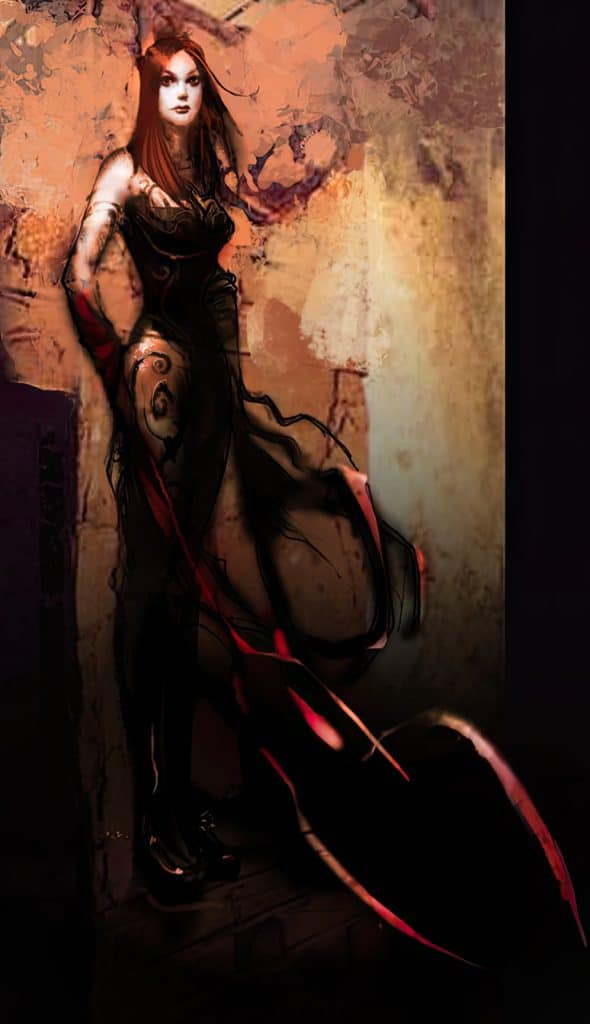
Queen Theodora told Genevieve that she feared Redd was a carrier of Dark Imagination
Throughout the history of Wonderland, certain Queens were born and ruled who practiced Dark, not Light Imagination. The effects of these dark reigns were apocalyptic, both for Wonderland and the worlds that surround them. Every Queen was cautioned about the possibility of giving birth to a Dark Seed.
Theodora ignored the warnings of others for years, refusing to believe that her beautiful Rose/Redd could be one of them. But finally, she had to admit she had been wrong. Redd could never be Queen. Genevieve argued that Theodora was mistaken, that she had been influenced by the Diamonds, Clubs, and Spades, all of whom had selfish interests in seeing Redd removed from succession. Redd was not dark, she was unique and unorthodox and yes, even wild, but it was Light Imagination that she loved.
Queen Theodora told Genevieve that she was too good to see the dark in others. “Once you are Queen, you must see both in order to rule. This is the most difficult decision of my life.”
Genevieve’s support for Redd was kept hidden from her sister by the Three Ladies who wished only to fan the flames of hatred between the sisters. There could be no accord, only division, if their agenda was to be met. For once Redd had been removed, their way was clear to force Parliament into a vote of “no confidence.”
Everyone would have to agree that the House of Hearts was far from steady. Once Genevieve was officially next in line for the throne, they would throw down the ultimate Wonderland challenge to the Hearts rule, the Duel of Imagination. Genevieve would have to face Lady Diamond in what was essentially an Imagination Slam. Should she be defeated, control of the Heart Crystal and rule of Wonderland would pass to the House of Diamonds.
Throughout the history of Wonderland, the Hearts have always won these rare challenges to their rule, but the Three Ladies were betting that this time it would be different.
This time, the Hearts would fall

Redd’s hatred and sense of injustice exploded when Genevieve and Jack Nolan’s wedding was announced. It seemed everything had been taken from Redd and given to Genevieve. Redd’s pain mutated into rage, the darkness grew and she vowed to seek revenge for her mother’s betrayal.
It was Genevieve’s Wedding Day and the Heart Palace was thrown open for the traditional Masquerade Wedding Ball. Invitations for the ball were sent out across Wonderland to not only the Royal Suits and other high-ranking persons, but to all manner of inventors and muses. A centuries-old tradition, the masquerade ball was a rare event celebrated only upon the wedding of a future Queen. The guests competed to have the most outrageous, imaginative costume which— this being Wonderland— was quite a competition.
During the ball, Genevieve discovered Redd in the palace. Rather than sounding an alarm, Genevieve embraced her sister, “I knew you would come for our wedding.”
Redd pushed Genevieve away. She told her she had been “in mourning for all that has been stolen from me”. Genevieve, still loving and wanting to believe in her sister, did not alert the guards that Redd was inside the palace. How do you stop loving your sister? Genevieve’s loyalty would cost the Heart’s dearly.
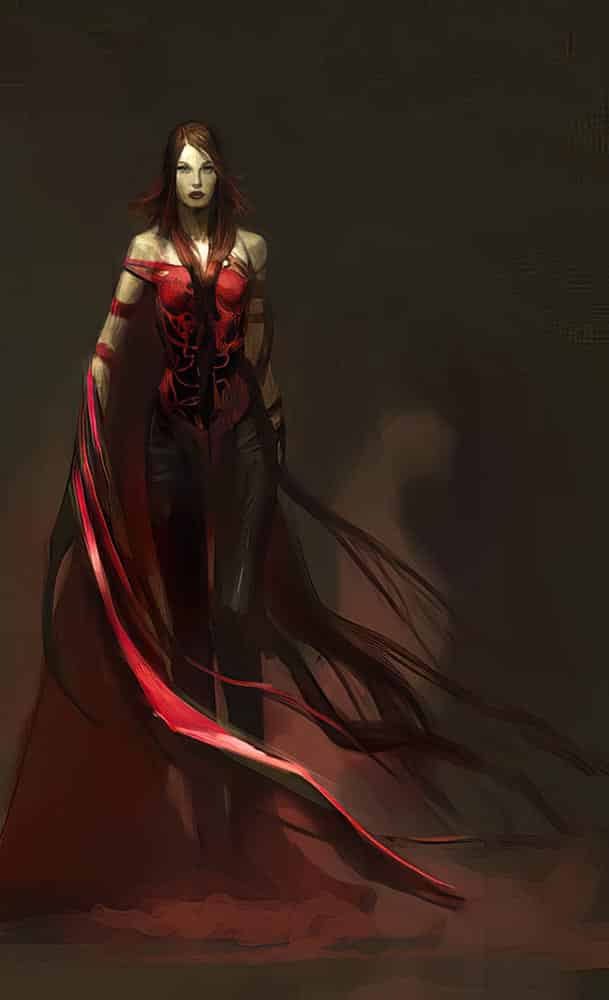
Later that night, to avenge her losses, Redd killed her mother. “Even you cannot take away what is mine by birthright,” Redd placed a deadly pink mushroom (street name ‘pinkiepink’) on her mother’s tongue. Fed by the Queen’s saliva, the roots of the fungus worked their way down the sleeping sovereign’s throat and strangled her heart until the pink mushroom cap poked out of her mouth to signify that the heart had stopped beating.
Shocked by his daughter’s violent act and the gruesome death of his wife, King Tyman went mad and died not long after. Without a Queen, chaos threatens to engulf Wonderland. Redd had raised an army of mercenaries and was hiding out in the Crystal Caves above Wonderland imagining a future with herself as Queen. Genevieve had to be coronated immediately to avert civil war.
With Redd’s mercenaries circling Wondertropolis the Three Ladies plan had gone wildly better than they had hoped, believing it would be years before they could go to the Parliament and ask for the vote of ‘no confidence’. But with Theodora’s murder, things had moved much faster. With Parliament backing them, Genevieve was challenged to the Duel of Imagination.
Much to everyone’s surprise, Genevieve easily defeated Lady Diamond. The effect of her victory was an immediate surge of support from across Wonderland, backing the House of Hearts and their new Queen in her effort to stop a civil war. The Three Ladies had failed in their plan, but the consequences of the act were about to explode.
Genevieve, only 17, was now both wife and Queen
The world had been thrust upon her shoulders and she had no idea how to handle anything. As she wandered in the palace garden she saw a series of blue smoke rings and found the Blue Caterpillar waiting for her. It was rare indeed for any of the Caterpillars to leave the Valley of Mushrooms but Blue had traveled to give Queen Genevieve an important message, the location of her Looking Glass Maze.
Genevieve was stunned. Like most, she had thought the Queen’s Looking Glass Maze to be only an urban legend. And now she was being given the location of hers. The Blue Caterpillar told her that if she was able to successfully navigate the maze she would be empowered far beyond her sister. Redd may think of Genevieve as a weak young girl, but in truth, she would be an empowered Warrior Queen able to fight on the battlefield.
Once inside the maze, Genevieve was confronted by Hatter Madigan, top assassin and blade warrior. By accessing her imagination, Genevieve was able to mirror Hatter Madigan’s martial moves and so absorb his skills during her successful trip through the maze. When she emerged, Genevieve was no longer the girl who first entered but a seasoned warrior and wise Queen.
As a gift from Wonderland for her successful navigation of the maze, Genevieve was awarded the lifetime services of Hatter Madigan as Royal Bodyguard. Hatter Madigan’s martial skills and heroic devotion would prove instrumental in every battle waged between Redd and Genevieve.
Queen Genevieve became known as the Warrior Queen and accompanied her army across the map of Wonderland as they battled Redd and her army. Wonderland suffered through five years of bloody civil war as the sisters battled again and again until Genevieve ultimately cornered Redd and defeated her.
Queen Genevieve was urged by her royal advisors to have Redd executed, but she could not kill her sister. Instead, Queen Genevieve banished Redd to Mount Isolation to live out her days alone. It was there that Redd found a stray kitten and kept it with her at all times. Was it a replacement for the child she lost?
Or was it the beginnings of creating her own “Hatter Madigan”? A creature that she would imagine into both Cat and Man? A monster like herself.
Once the war had ended and peace was restored, Queen Genevieve gave birth to her daughter, Princess Alyss. The final scene closing this chapter of Wonderland’s endless story was the celebration of Alyss’s birth in Wonderland while far away, atop Mt. Isolation, the lone figure of Redd had already begun imagining the apocalypse to come.
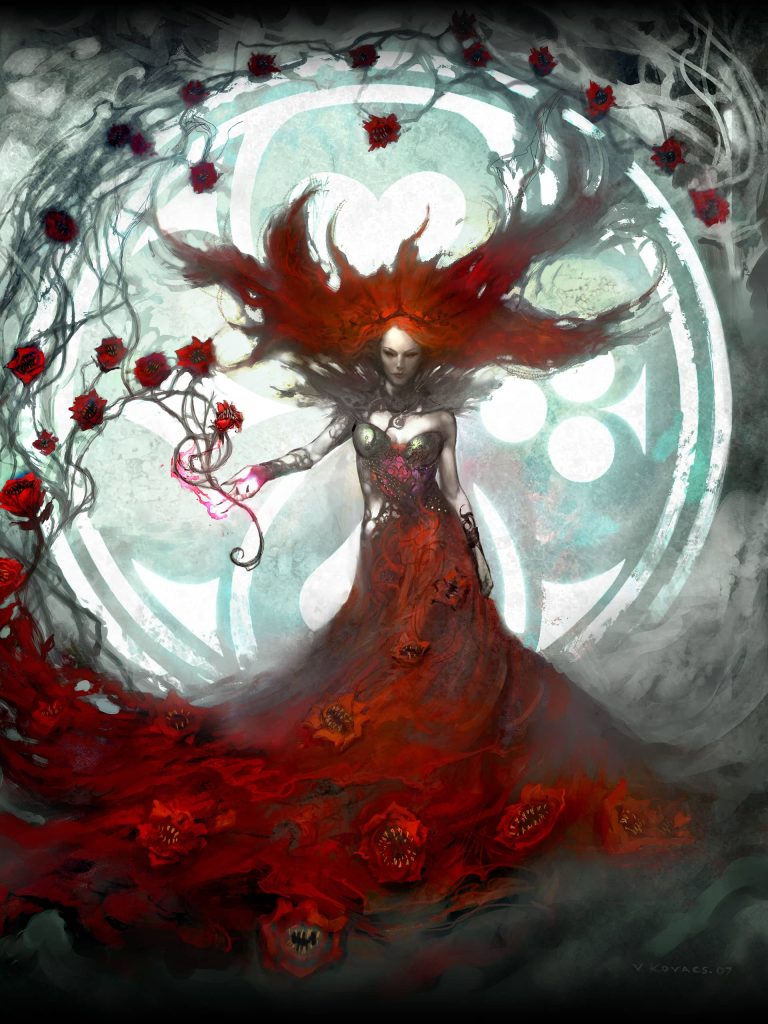
The End
Epilogue – Who is Redd’s long-lost daughter? What happened to her? Where is she now?
